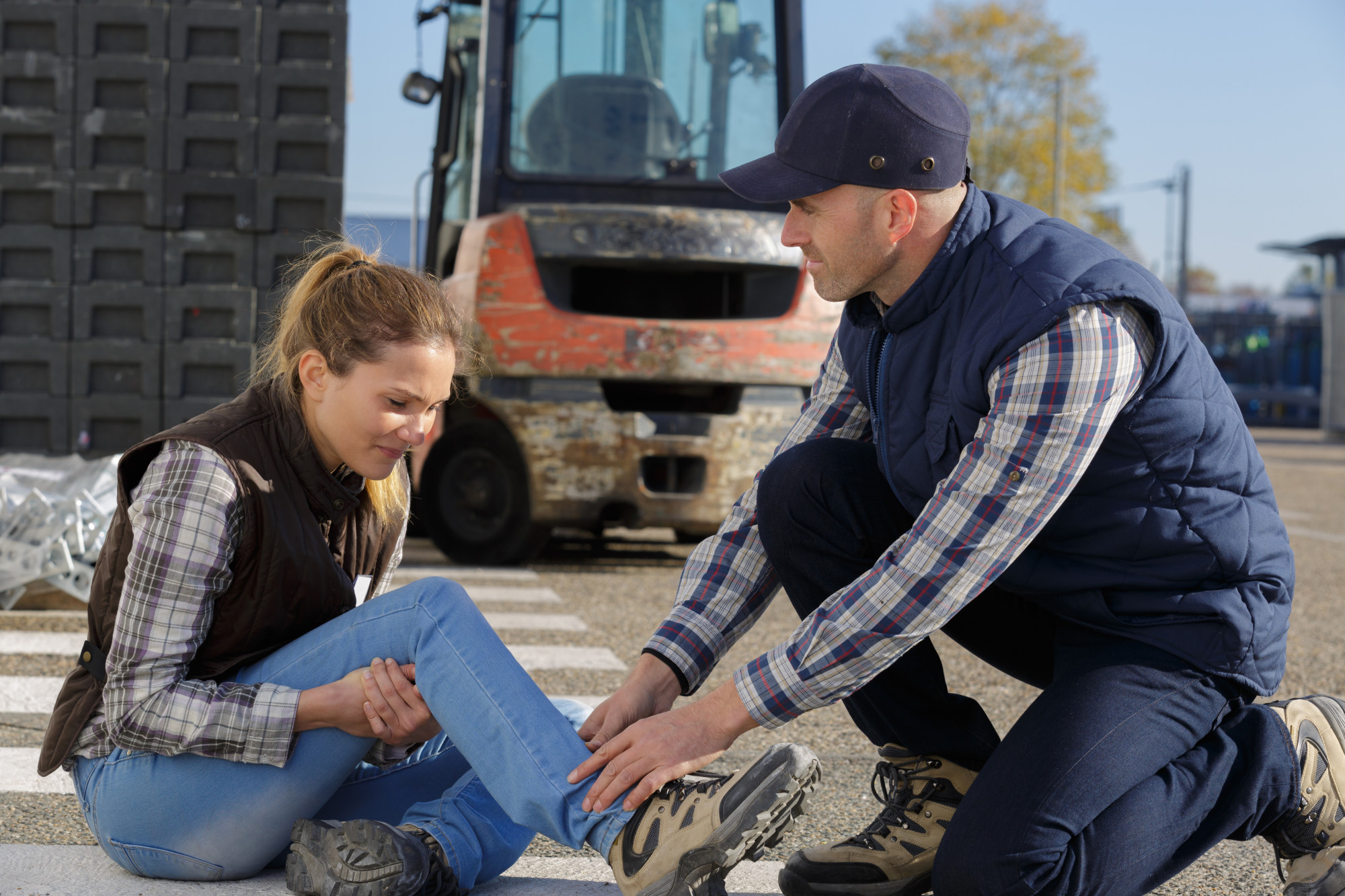The 10 Most Common Chemical and Industrial Accidents and How to Avoid Them

A total of 5,147 workers died from a work-related injury in the U.S. during a one-year period. That means that for every 100,000 employees, 3.5 of them are fatally injured at work.
That number is much too high. Awareness is the first step. Read on to learn about 10 of the most common chemical and industrial accidents and how to prevent them.
1. Slips and Falls
One-third of all workplace injuries are falls. This is one of the top causes of workers’ compensation claims.
Falls can result in injuries to the brain and body. Broken bones, sprains, cuts, and pulled muscles are all likely outcomes from workplace falls.
The best way to prevent these workplace injuries is to ensure that floors are not wet or oily. Trip hazards such as loose mats, wires, and cables can also lead to accidental falls.
Bad lighting, clutter, and uneven walking surfaces can be responsible for trips.
2. Carbon Monoxide Leaks
Carbon monoxide is an odorless, colorless gas. That’s what makes it a cause of chemical and industrial disasters.
Common symptoms of carbon monoxide poisoning include weakness, nausea, vomiting, dizziness, and confusion.
Fuel furnaces, coal-powered plants, and gas-powered generators can all emit carbon monoxide. Also, forklifts, gas water heaters, and kerosene heaters can also leak carbon monoxide.
The only way to protect against this silent killer is to have working carbon monoxide detectors throughout the entire workspace. This includes areas such as garages and basements.
Practicing proper safety with gas-burning machinery is the best practice to prevent carbon monoxide poisoning.
Also, proper ventilation is key. Compare axial and centrifugal fans to understand the right option for your workplace.
3. Accidents Involving Moving Machinery
Many industrial accidents involve moving machinery. It can be either the operator or another person that is injured.
Prevention of industrial accidents has a lot to do with proper machine practices. This involves using machines with protective guards on moving parts such as chains, cranks, and gears.
Employee safety training is vital to prevent serious, life-altering accidents involving machinery.
4. Falling Objects
Injuries from falling objects is a type of injury that is totally preventable. As with most things, prevention of industrial accidents depends on proper training and caution.
When workers place objects incorrectly or without the proper restraints, accidents can happen. Proper placement techniques for stacking and transporting items will eliminate the threat of this type of industrial accident.
Workplace injuries are one of the most common lawsuits against employers.
5. Improper Lifting
Another common industrial injury is back and limb pain from lifting heavy items incorrectly.
Even if the object isn’t very heavy, the repetitive motion of lifting improperly can cause strain on the worker’s spine and back.
The best way to prevent this is to ensure workers have adequate training. They should also use supportive equipment to lift.
6. Vehicle-Related Accidents
Just like accidents involving machinery, those involving vehicles can be very serious.
Employees are at risk of being hit by forklifts, large trucks, and cars at the workplace. There is also the risk that a person could be hurt by objects falling from a vehicle.
Vehicle-related accidents are most common in agriculture. But they also occur in manufacturing and industrial settings as well.
There are two types of vehicle-related accidents. The first is accidents that occur on the road. This involves vehicles that are working in traffic repairing roads for example.
The second type of accident involving vehicles includes any time an operator or pedestrian is injured by a vehicle at the plant or warehouse.
7. Fire and Explosions
Fire and explosions can be both a chemical or industrial accident. Risk factors include open flames, faulty gas lines, improper storage of combustible materials and poor pipefittings.
This workplace hazard makes up 3% of workplace injuries. Injuries from fires and explosions are severe. They have the highest casualty rate of all types of workplace accidents.
Prevention of these industrial accidents involves taking precautions for each of the risk factors mentioned above.
Make sure you have the proper fire extinguishing systems in place. All organizations should have a fire plan in place. This plan should outline the assignments of key personnel in the event of a fire and provide an evacuation plan for workers on the site.
8. Ammonia Exposure
Ammonia is a common gas used in agriculture and food manufacturing. It doesn’t have a color, but it does have a smell.
Exposure to ammonia leads to serious skin burns as well as throat, mouth, lung and eye irritations.
The highest risk comes from breathing the gas, which can be fatal with just a few breaths.
Substituting ammonia for a safer option is the best way to prevent workplace exposure. If that’s not possible, controls must be put in place to protect employees.
You can reduce the risk of exposure to ammonia by wearing personal protective equipment.
9. Chlorine Exposure
Chlorine is a widely used gas. Low-level exposure to chlorine can cause face and throat irritation. At higher levels, it can cause vomiting, chest pain, coughing, and even death.
Chlorine is a heavy gas and tends to accumulate low on the ground in poorly ventilated areas. Good air flow is key to preventing toxic exposure.
10. Sulfuric Acid
Another common cause of chemical and industrial accidents is due to sulfuric acid.
This corrosive acid is clear and colorless. It causes a severe chemical burn if it touches the skin. Contact with eyes leads to blindness.
It is a common chemical in many industries. It is one main ingredient in fertilizer and is used to refine petroleum.
Bottom Line on Chemical and Industrial Accidents
As you can see, there are many types of chemical and industrial accidents that can take place at work.
Vigilance, proper training, and handling can go a long way to prevent these serious injuries.
Next, read this expert guide on health and safety in the workplace.



